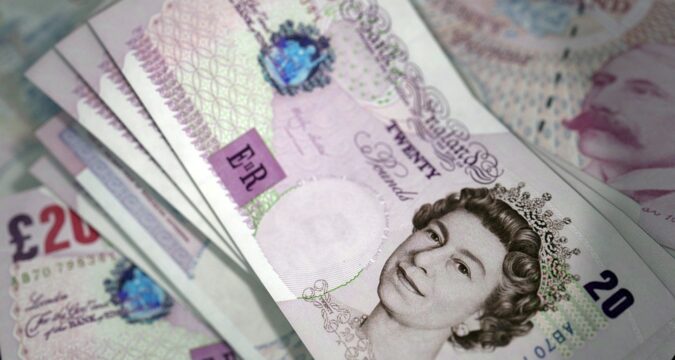
Markets In Europe Fulfill Estimated Outcomes
The overall economy in the European region was able to successfully expand by 0.2% in each quarter since September 2021 till September 2022.
With regard to the second quarter, analysts and economists predicted that there will be a growth of 0.7% least. At the end of 2nd quarter, the European economy saw a growth of 0.7% as was predicted by economists and analysts.
Considering the 4th Quarter results, the GDP growth in the 2nd Quarter was relatively low which was because of Covid-19 restrictions.
As regards inflation, it continues to go bigger and bigger which also culminated in an exorbitant price increase in electricity bills. On the other hand, European Central Bank (ECB) is likely to increase rates further.
Rally Witnessed In European Region’s ZEW Indicator
When markets in the European region, especially in Germany, took notice that inflation will be brought down, ZEW Indicator for the European region elevated sharply.
Germany alone witnessed massive improvement in ZEW Indicator hitting its highest reading of -36.7, which the index hadn’t seen since past June.
The reading of -36.7 was also recorded to be more than what the market was expecting i.e. -50.0.
With regard to Europe, the index’s reading in October was -59.7 but in November the reading improved and settled at -38.7.
EUR Momentum Due To USD’s Weaknesses
Since when the latest data has been published, contrary to the USD, the rally for Euro seems to be getting momentum. The momentum could also lead to turning the tables upside for Euro and down for the USD.
While the momentum is exploiting weaknesses in the USD but it cannot be assumed that the momentum is encouraging any quick recovery in Euro.
This fact was noticed and duly addressed by the European Commission last week which suggested that inflation would continue to remain.
Consumer Hardship Ahead
European Commission also noted that the regional economy will shrink further before entering into 2023’s Q1. It said that the cost of living, particularly in winter months, during the first quarter will hit the consumers hard.
According to the European Commission, the Commission is expecting inflation to increase by 6.1% in 2023’s Q1.
EUR Indebted To USD
In response to 6.1% expected increase in inflation, EUR/USD markets responded by opening the European trade session with a rally of 70 pip.
It may be reiterated that the 70 pip rally is not because EUR is recovering but in fact, the credit goes to the exploited weaknesses in the USD.
However, the rally had come as a surprise to the majority which furthermore allowed EUR to go beyond the D chart’s ‘bear flag formation’. Thereafter, the EUR witnessed a 200-odd pips rally which neared EUR to its resistance level of 1.0500.


